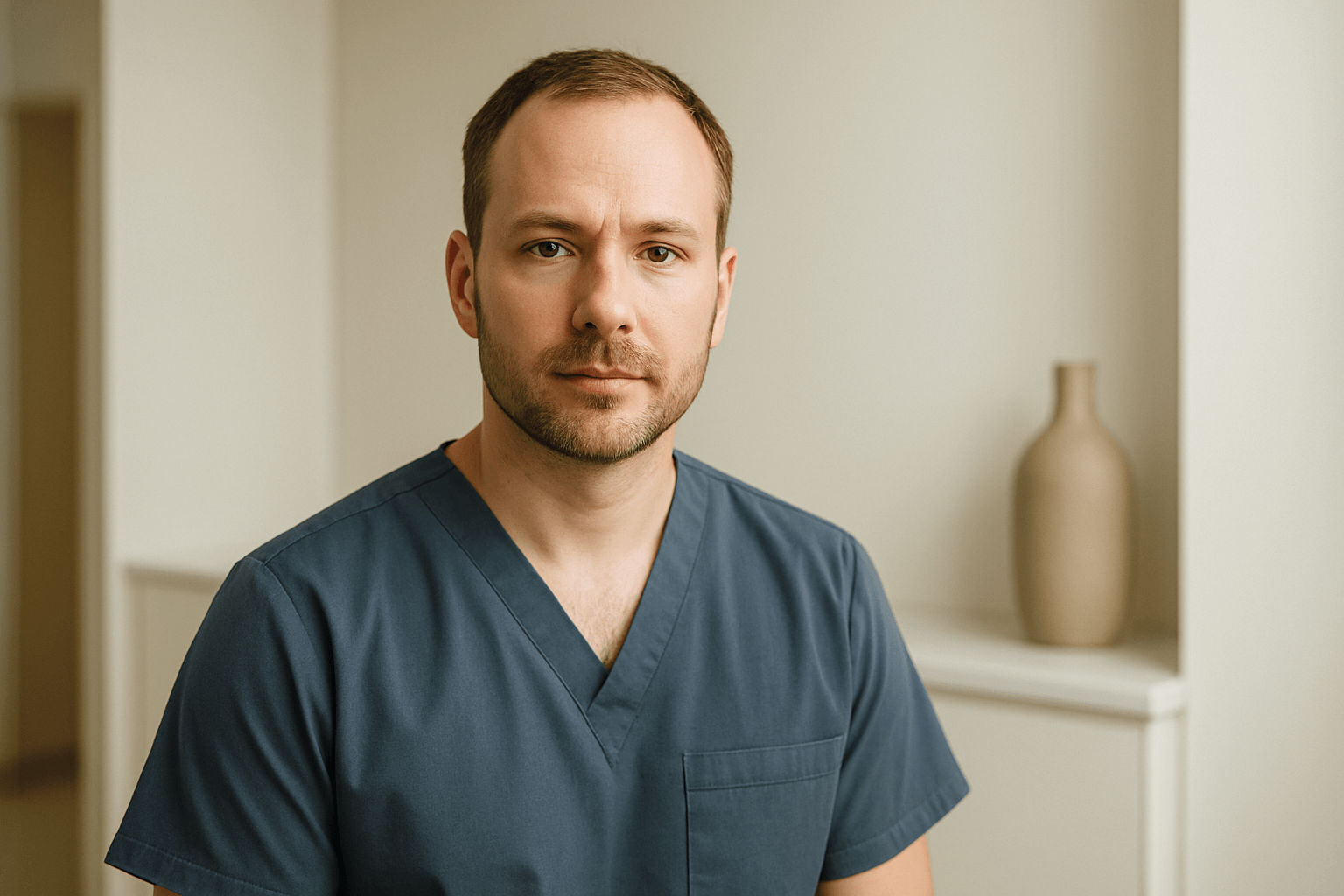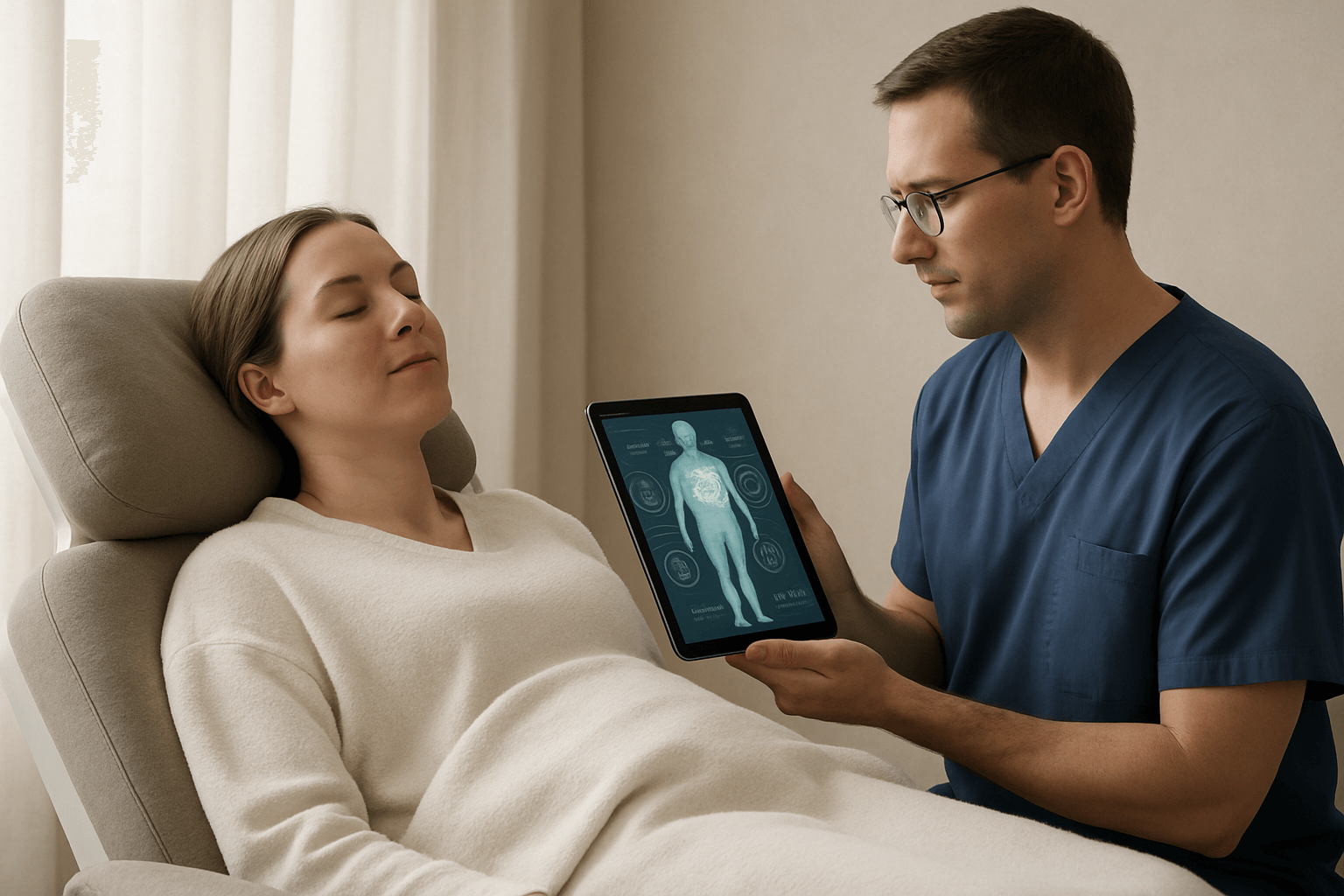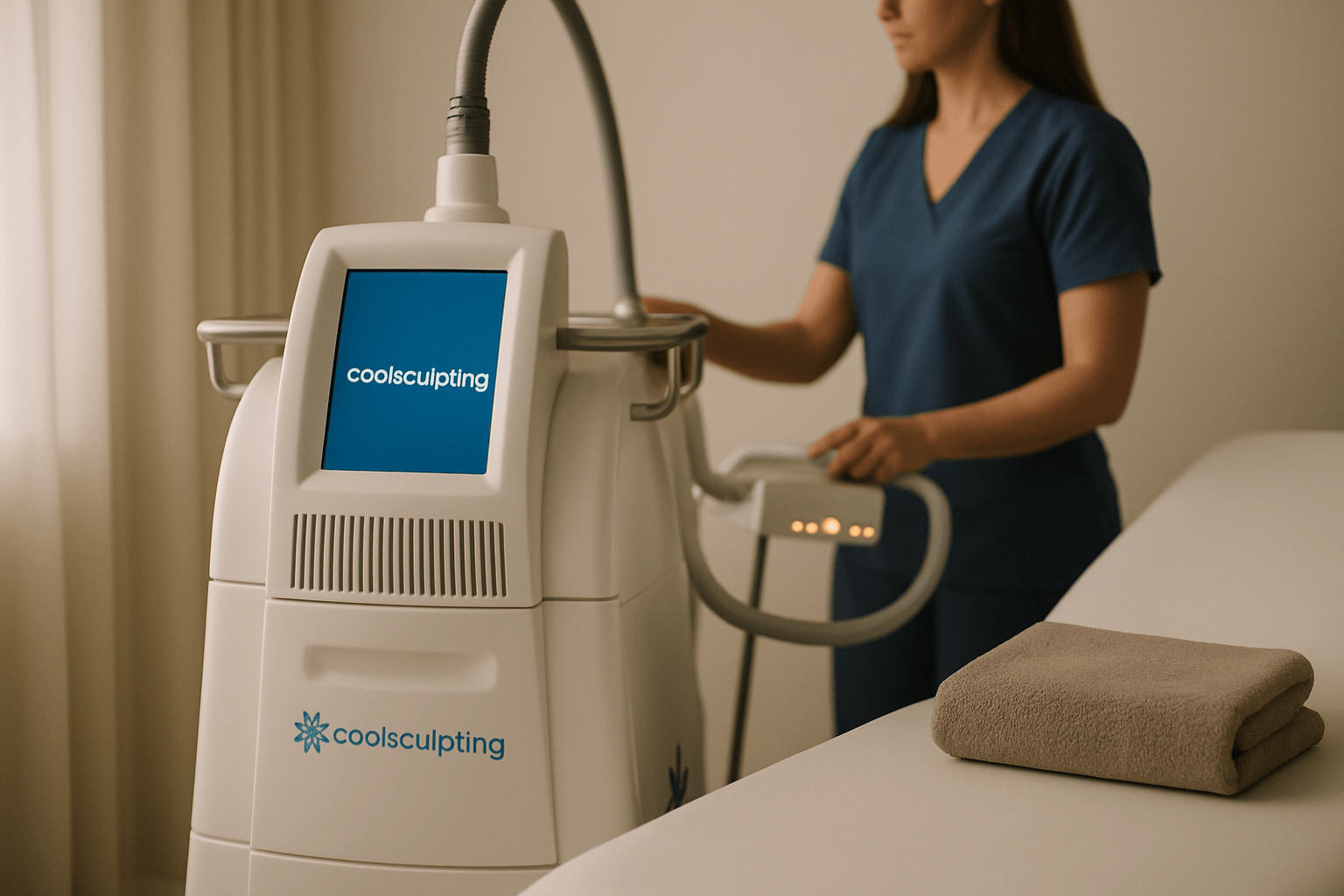When most people think of spider veins, they picture them on legs—not near the eyes. But if you’ve noticed small, red or purple thread-like veins near or around your eyes, you’re not alone. These so-called “spider veins in eyes” can be a cosmetic concern for many, even if they aren’t harmful.
Let’s get one thing clear: spider veins around the eyes aren’t just a sign of aging. They can be triggered by multiple factors, and while some are purely cosmetic, others may indicate deeper vascular issues or lifestyle stressors. If you’re bothered by their appearance, aesthetic treatments may offer a solution that goes beyond makeup or skincare.
Jump to:
TLDR – Quick Guide
What it is: Spider veins in eyes are dilated capillaries that appear as red, blue, or purple threads near the eye area, especially the under-eye region or temples.
Common causes: Aging, sun damage, genetics, frequent rubbing, high blood pressure, or environmental exposure.
Myths to skip: They’re not always a sign of disease. And no, cucumbers won’t erase them.
When to treat: If the veins are persistent, worsening, or affecting your confidence.
Treatment options: Laser therapy, IPL (Intense Pulsed Light), or sclerotherapy depending on location and severity.
What Are Spider Veins in Eyes?
Spider veins in and around the eyes are broken or dilated capillaries that become visible on the skin’s surface. While they’re more common on the cheeks and nose, the under-eye area and temples are also susceptible.
They aren’t dangerous in most cases—but they can be distracting. Unlike puffiness or dark circles, these thread-like veins are structural, and topical skincare won’t erase them. That’s where targeted aesthetic solutions come in.
Common Causes Behind the Veins
You don’t have to be over 50 or spend hours in the sun to develop spider veins near the eyes. Here are the most frequent triggers:
- Sun exposure: UV rays weaken blood vessel walls, making them more prone to rupture.
- Genetics: If your parents had facial veins, chances are higher that you will too.
- Rubbing or irritation: Aggressive eye rubbing or pulling can break delicate capillaries.
- Aging and collagen loss: Thinner skin makes veins more visible.
- Lifestyle: High blood pressure, alcohol consumption, and hot environments can dilate vessels.
Myths About Spider Veins Near the Eyes
Myth 1: They’re only caused by aging
False. While aging contributes, sun exposure and genetics are just as impactful—even in younger patients.
Myth 2: Only women get them
Spider veins don’t discriminate. Men experience them just as often, especially with sun damage or high blood pressure.
Myth 3: Home remedies can eliminate them
Cold compresses or skincare may reduce inflammation, but they won’t eliminate visible spider veins. Professional treatment is required.
When to Consider Aesthetic Treatment
If the veins are new, isolated, or faint, they may resolve on their own or go unnoticed. But if they’re spreading, darkening, or impacting how you feel about your appearance, it’s worth consulting a licensed aesthetic provider.
Popular Treatments Include:
- Laser Vein Removal: Uses targeted light to close off broken capillaries.
- IPL (Intense Pulsed Light): Great for diffuse redness and fine spider veins.
- Sclerotherapy (rare for facial veins): Typically used for larger veins, but sometimes used in select cases by experts.
Treatment sessions are typically short, and downtime is minimal, although mild redness or sensitivity may follow.
Key Takeaways
- Spider veins in eyes are common and usually cosmetic—not a health threat.
- Common causes include sun damage, aging, genetics, and skin trauma.
- Myths abound—don’t expect DIY cures to resolve broken capillaries.
- Aesthetic treatments like laser and IPL offer effective, lasting results.
- Always seek care from trained professionals to ensure safe and precise treatment.
FAQs
Are spider veins in the eye dangerous?
No, spider veins around the eyes are generally harmless and primarily a cosmetic concern. However, a consultation helps rule out other conditions.
What is the best treatment for spider veins near the eyes?
Laser therapy and IPL are commonly used for small facial veins. A provider will recommend the best option based on your skin and vein type.
How many sessions will I need?
Most patients see improvement in 1–3 sessions. Deeper or more widespread veins may require additional treatments.
Is the treatment painful?
Most procedures are quick and involve only mild discomfort—often described as a light snap or sting. Numbing is often used to increase comfort.
Can spider veins come back after treatment?
Yes, new veins can form over time due to aging or sun exposure. Maintenance treatments and sun protection can help extend results.







